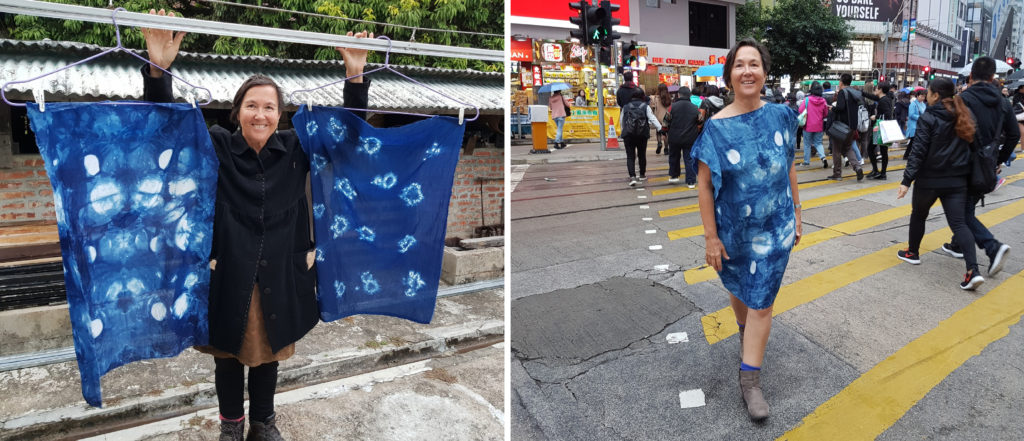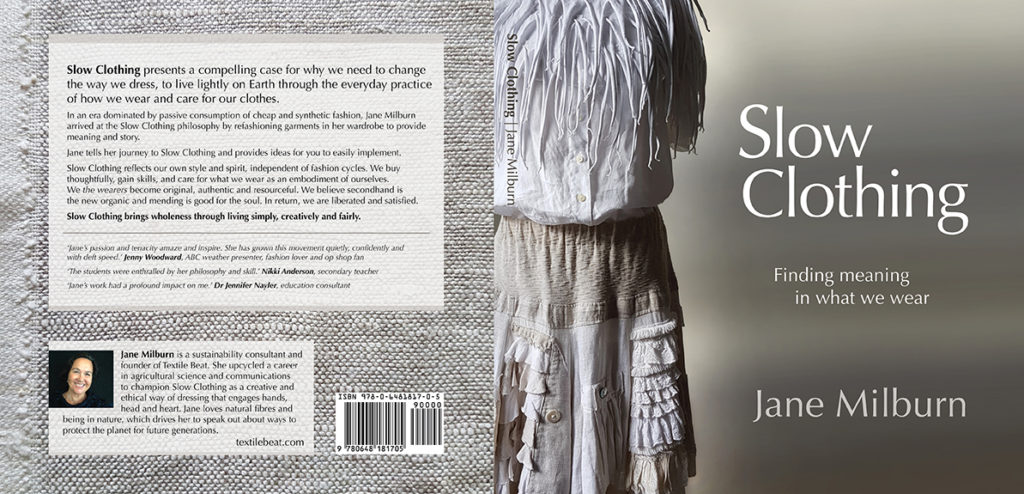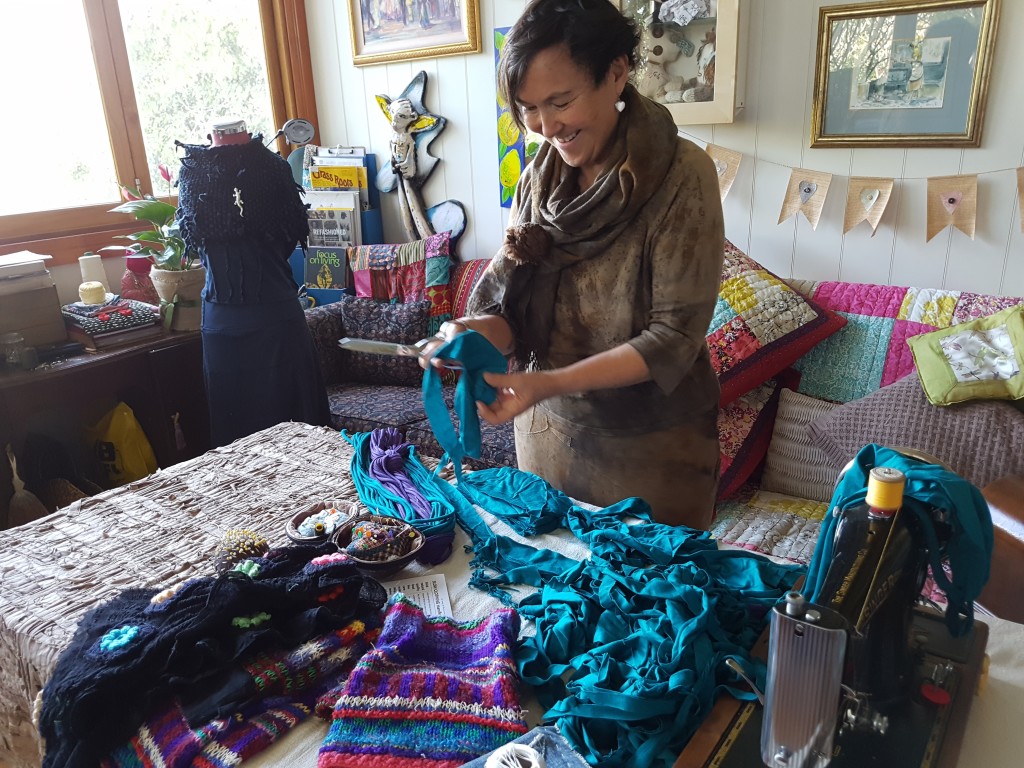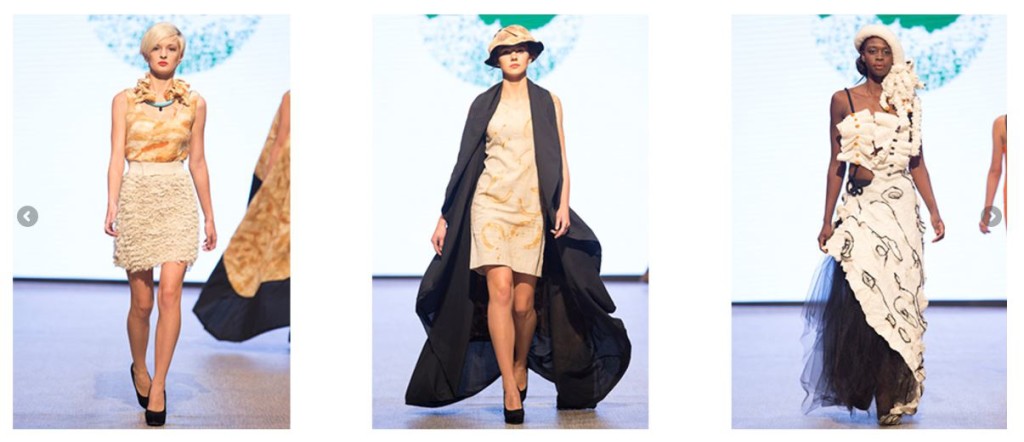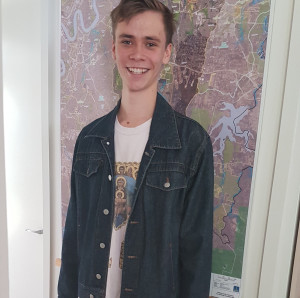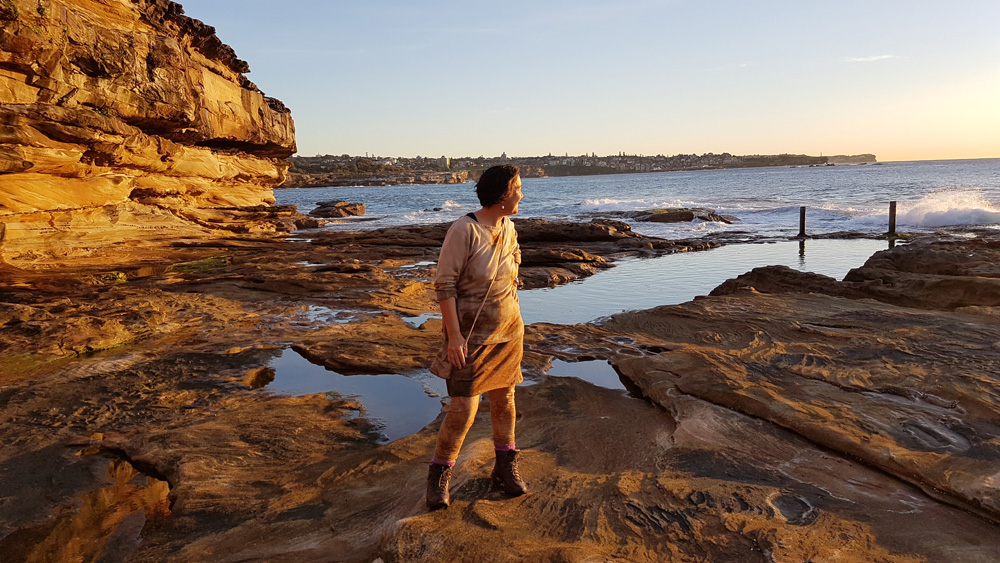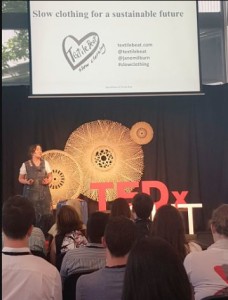Clothes do not fall from the sky and meals do not gush out of the earth. Our food and clothing must come from our own labour: Master Zi Bai, Ming Dynasty.
This 14th century philosophy is far removed from the 21st century when many people order a look or a meal with the click of a finger on a phone. Global supply chains have become so efficient at meeting our food and clothing needs for a handful of dollars that we’ve lost touch with their source.
Fast food and fast fashion is convenient but ultimately unsatisfying. We’re concerned about the ethics and waste. There is growing hunger for something more substantial, something real, something crafted with our own hands and effort.
